Table of Contents
A Celestial Mystery Across Civilizations
For thousands of years, cultures around the world gazed at the luminous band in the night sky, weaving myths and theories about its origin. The Milky Way, a breathtaking spectacle, was first recorded by Greek thinkers like Democritus, who suggested it consisted of innumerable distant stars. His contemporary, Aristotle, rejected this, believing it to be a phenomenon within Earth’s atmosphere. Meanwhile, in China, astronomers meticulously tracked its movements, linking it to celestial omens, while Indian scholars incorporated it into sacred texts. Indigenous cultures such as the Inca saw it as a celestial river, guiding the spirits of the dead. Without telescopes, these interpretations remained unproven, leaving The Milky Way’s true nature an enigma for future scientific inquiry.
Despite differing beliefs, early astronomers sought patterns in its glow. Ancient Babylonians meticulously recorded star positions, though their understanding of The Milky Way remained mystical. The Islamic Golden Age brought advancements in optics, with Alhazen laying the groundwork for later discoveries. European Renaissance thinkers revisited Democritus’ theory, questioning Aristotle’s assumptions. Galileo’s telescope in 1609 became the first instrument to resolve its stellar composition, proving it was not an atmospheric anomaly. This discovery marked a turning point, yet centuries later, mysteries remained. Today, with powerful space telescopes, scientists continue unraveling its secrets, much like they probe the cosmos for dark matter and unseen forces shaping the universe.
A Telescope That Changed the Night Sky
In 1609, Galileo Galilei pointed his handcrafted telescope at the heavens, revealing a universe far richer than previously imagined. His observations confirmed that what appeared as a hazy band was, in fact, a dense cluster of individual stars. This finding, published in Sidereus Nuncius (1610), directly challenged Aristotle’s claim that the glowing band was an atmospheric phenomenon. By proving that The Milky Way was composed of countless distant suns, Galileo reinforced the heliocentric model, supporting Copernicus’ theory that Earth was not the center of the universe. His work ignited a scientific revolution, paving the way for future discoveries. Though his telescope was crude by modern standards, it was powerful enough to redefine humanity’s understanding of the cosmos.
Galileo’s revelations did not come without resistance. The Catholic Church, adhering to Aristotelian cosmology, viewed his findings as heretical, leading to his eventual trial and house arrest. Despite this, his research inspired generations of astronomers. The Milky Way, once a mere streak of light, became a focal point for scientific inquiry. Centuries later, advancements in telescopes, such as the Hubble Space Telescope, expanded Galileo’s vision, revealing galaxies beyond our own. His pioneering work laid the groundwork for astrophysics, influencing scientists like Isaac Newton, who later described the laws governing celestial motion. Today, space observatories continue Galileo’s quest, unraveling the structure, origins, and future of our galaxy.
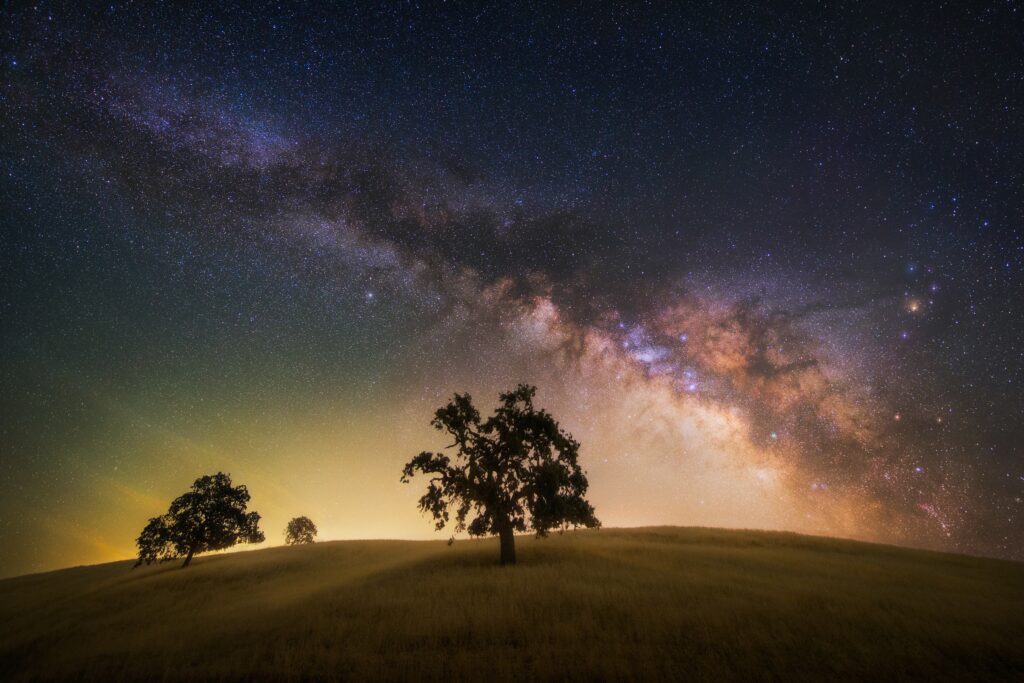
The Battle Over the Universe’s True Scale
For centuries, astronomers believed the universe was limited to what could be seen with the naked eye. Immanuel Kant, in 1755, challenged this notion by suggesting that nebulae—distant, cloud-like formations—were separate “island universes” beyond our own. His idea remained theoretical until the late 19th and early 20th centuries when improved telescopes revealed thousands of these mysterious objects. The debate reached its peak in 1920 with the famous “Great Debate” between Harlow Shapley and Heber Curtis. Shapley argued that our galaxy contained everything, while Curtis insisted that nebulae were actually distant galaxies. At the time, there was no definitive proof, but their arguments set the stage for one of the most important astronomical discoveries in history.
A breakthrough came in 1924 when Edwin Hubble, using the powerful 100-inch Hooker Telescope, analyzed the Andromeda Nebula. By identifying Cepheid variable stars within it, he calculated its immense distance, proving it lay far beyond The Milky Way. This groundbreaking discovery confirmed that our galaxy was just one among billions, forever changing our perception of the universe. Hubble’s work led to further revelations, including the realization that galaxies were moving away from each other, laying the foundation for the Big Bang Theory. Today, thanks to advanced space telescopes like James Webb, astronomers continue to explore the vast expanse of galaxies, pushing the boundaries of cosmic understanding.
A Telescope That Expanded the Universe
In 1924, Edwin Hubble revolutionized astronomy by proving that the universe was far larger than previously thought. Using the 100-inch Hooker Telescope at Mount Wilson Observatory, he observed Cepheid variable stars within the Andromeda Nebula. These stars, known for their predictable brightness fluctuations, allowed Hubble to calculate distances with remarkable accuracy. His measurements showed that Andromeda was far beyond the reach of The Milky Way, confirming that it was an entirely separate galaxy. This shattered the long-held belief that our galaxy contained everything. Hubble’s work redefined cosmic boundaries and introduced a new era in astronomy. His discovery not only proved the existence of other galaxies but also set the stage for understanding the universe’s vastness and complexity.
Hubble’s impact didn’t stop there. By analyzing the light from distant galaxies, he noticed a redshift effect—an indication that galaxies were moving away from each other. This led to one of the most profound discoveries in cosmology: the universe is expanding. This insight formed the foundation of the Big Bang Theory, which explains how the universe has evolved over billions of years. Today, astronomers continue Hubble’s legacy using telescopes like the Hubble Space Telescope and James Webb, exploring deep space and uncovering new galaxies. What began as a simple observation of Cepheid stars transformed our entire understanding of The Milky Way’s place in a universe teeming with billions of galaxies, each containing countless stars and planetary systems.
Charting the Structure of a Cosmic Giant
The quest to map our galaxy gained momentum in the early 20th century when Dutch astronomer Jan Oort uncovered its rotation. By studying star velocities, he proved that celestial bodies move around a dense, unseen center. His work confirmed that our galaxy was not a static structure but a dynamic system bound by gravity. By the 1950s, radio astronomy revolutionized this field, allowing scientists to see through interstellar dust that had obscured optical observations. Using radio waves emitted by hydrogen gas, astronomers traced the shape of The Milky Way, revealing it as a vast barred spiral. These breakthroughs laid the foundation for a more detailed galactic blueprint, highlighting the immense complexity of our cosmic neighborhood.
With improved technology, astronomers refined their understanding of our galaxy’s scale and composition. Measurements confirmed that it spans approximately 100,000 light-years and contains up to 400 billion stars. At its core lies Sagittarius A*, a supermassive black hole exerting immense gravitational pull, influencing the motion of nearby stars. Observations of hydrogen gas flows have further detailed the structure of spiral arms, revealing regions of intense star formation. Today, space telescopes like Gaia provide highly precise three-dimensional maps, helping scientists track stellar motion and uncover hidden galactic features. As research advances, astronomers continue to unlock new insights about The Milky Way’s evolution, structure, and relationship with the broader universe.
Unveiling the Invisible Forces of the Cosmos
In the 1970s, astronomers Vera Rubin and Kent Ford discovered that stars on the outskirts of galaxies orbit at nearly the same speed as those near the center, contradicting Newtonian physics, which predicted slower rotation for more distant stars. This led to the conclusion that an unseen substance, named dark matter, exerts gravitational influence, accounting for 85% of the universe and preventing galaxies like The Milky Way from dispersing.
Though dark matter remains undetectable by conventional means, its gravitational effects are undeniable. Scientists have mapped its distribution by observing how it bends light from distant galaxies in an effect known as gravitational lensing. Efforts to detect dark matter particles directly are ongoing, with experiments deep underground and in high-energy particle colliders. Theories suggest it could be composed of weakly interacting massive particles (WIMPs) or axions, but definitive proof remains elusive. Meanwhile, alternative explanations, such as modifications to gravity, are also being explored. As research advances, astrophysicists hope to uncover the true nature of this hidden mass, solving one of the greatest cosmic mysteries shaping the evolution of The Milky Way and the entire universe.
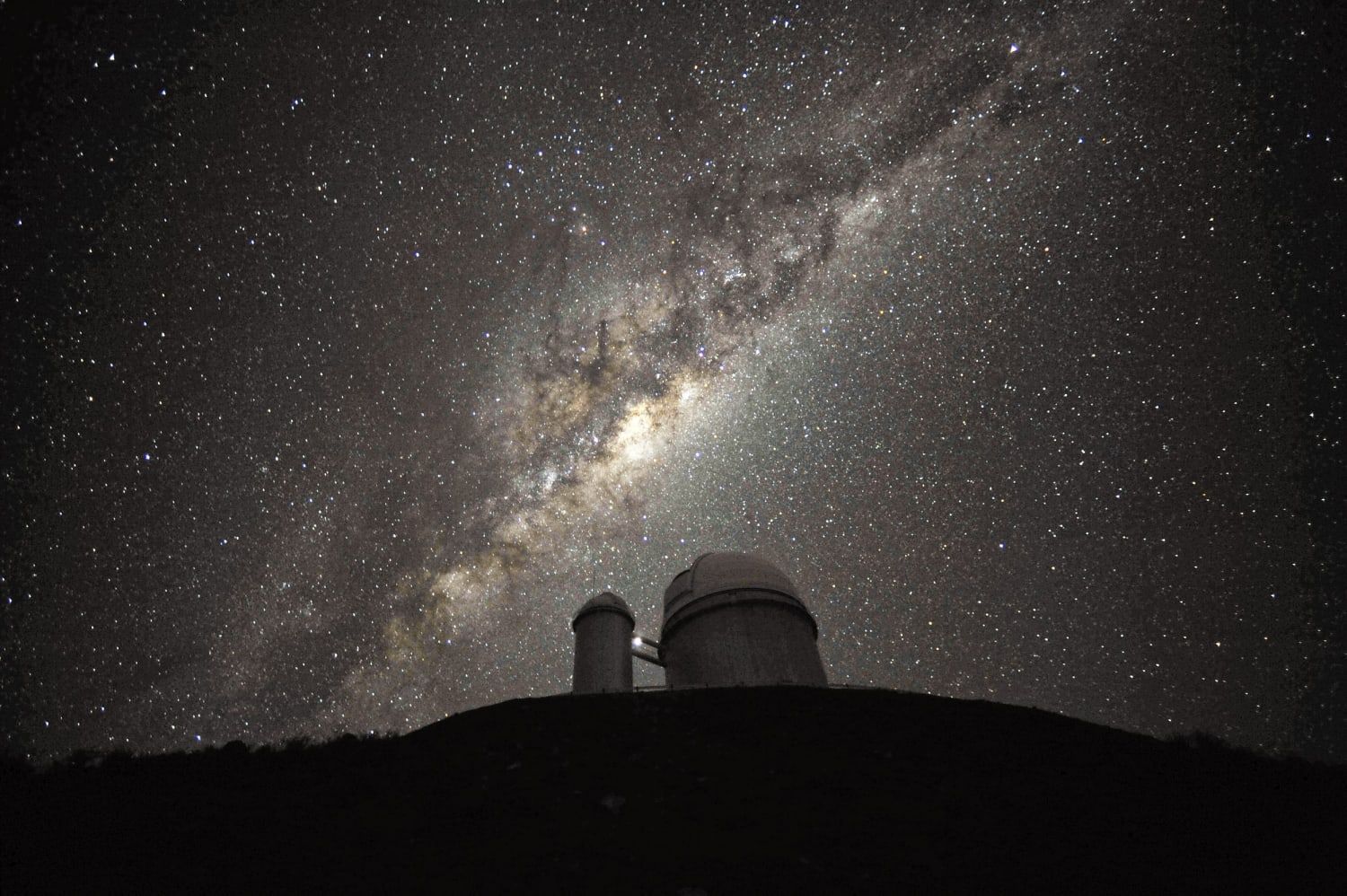
A History of Cosmic Collisions
Galaxies are not isolated entities but dynamic systems engaged in constant gravitational interactions. Over billions of years, our galaxy has absorbed smaller galaxies, reshaping its structure and expanding its star population. Data from Gaia, a space observatory launched in 2013, revealed that about 10 billion years ago, a dwarf galaxy called Gaia-Enceladus crashed into a much younger version of what we see today. This colossal event stirred up stellar motion, creating the thick disk of stars observed in The Milky Way today. The remnants of this ancient collision can still be traced in the orbits of stars, providing astronomers with a record of past cosmic violence. Each merger has added mass, altering the gravitational balance of our ever-changing galaxy.
Even now, galactic evolution continues through ongoing mergers. The Sagittarius Dwarf Galaxy is currently being torn apart by gravitational forces, its stars gradually assimilated into the larger system. These interactions fuel star formation, trigger supernova explosions, and contribute to the galaxy’s spiral arms. Simulations suggest that in about 4.5 billion years, an even more dramatic collision awaits—the eventual merger with the Andromeda Galaxy. When this occurs, The Milky Way and Andromeda will combine into a giant elliptical galaxy, forever changing their structures. While the vast distances between stars make direct collisions rare, the gravitational disruptions will reshape planetary orbits and galactic dynamics, further proving that the cosmos is an ever-evolving, turbulent place.
A Colossal Force at the Galactic Core
Sagittarius A*, a supermassive black hole at the center of our galaxy with a mass four million times that of the Sun, reveals its presence through its strong gravitational pull, which has been observed to affect nearby stars moving at high speeds. In 2022, astronomers captured the first direct image of Sagittarius A* using the Event Horizon Telescope, confirming its existence. Studying its influence on surrounding matter allows researchers to explore how black holes shape galaxies and provides a unique opportunity to test theories of gravity, spacetime, and extreme physics.
Despite its staggering mass, this cosmic behemoth is relatively quiet compared to other black holes, such as the one in the Messier 87 galaxy, which ejects enormous jets of energy. However, Sagittarius A* still influences the galaxy’s structure, helping regulate star formation near the core. Black holes like this play a crucial role in galactic evolution, sometimes even determining a galaxy’s overall shape and lifespan. The Milky Way will eventually merge with the Andromeda Galaxy, and their supermassive black holes may one day collide, releasing unimaginable energy. By continuing to study Sagittarius A*, scientists hope to unlock new clues about the role of black holes in shaping the universe and their mysterious connection to dark matter and cosmic expansion.
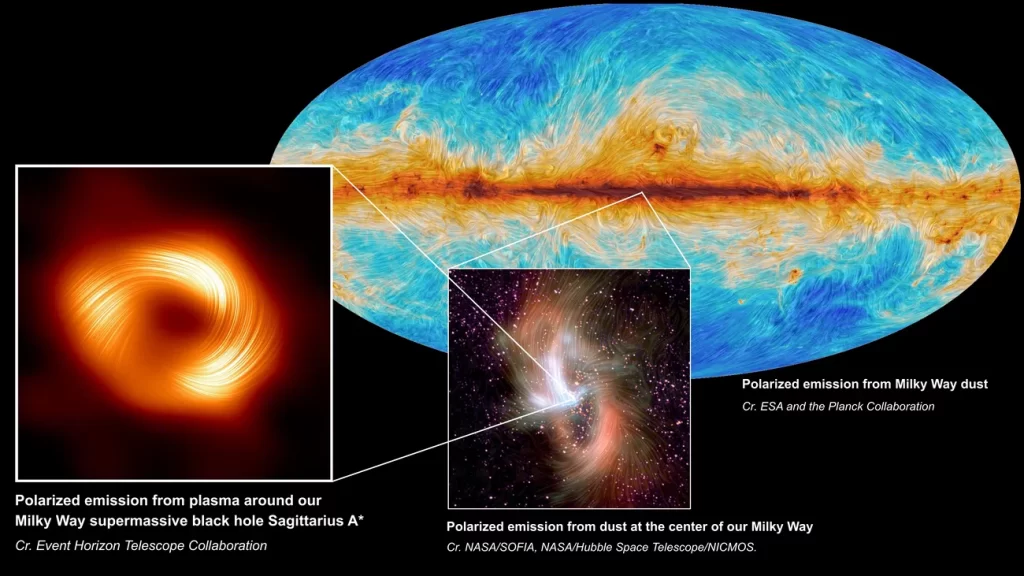
S. Issaoun, EHT Collaboration
Unveiling Other Worlds Beyond Our Solar System
The search for exoplanets has transformed our understanding of the universe, with significant advancements occurring since the 1990s. The Kepler Space Telescope, launched in 2009, confirmed over 2,600 exoplanets, including gas giants and Earth-like worlds, many located in the habitable zone where liquid water could exist. Discoveries such as the TRAPPIST-1 system and Proxima Centauri b have sparked interest in the potential for extraterrestrial life, reshaping our knowledge of planetary formation and the diversity of the Milky Way.
The search for extraterrestrial life has evolved to include the analysis of exoplanet atmospheres for biosignatures, with the James Webb Space Telescope examining gases like oxygen, methane, and carbon dioxide as indicators of biological activity. Future missions like NASA’s Habitable Worlds Observatory will focus on detecting smaller, Earth-like planets with greater precision. Some scientists believe microbial life may exist in the subsurface oceans of icy exoplanets such as Europa and Enceladus. As detection methods improve, researchers move closer to answering whether the Milky Way hosts other life forms or if humanity is alone in the cosmos.
A Galactic Collision on the Horizon
In approximately 4.5 billion years, the Milky Way Galaxy is expected to collide with the Andromeda Galaxy, leading to significant gravitational distortions and the formation of new star orbits, although direct star collisions will be rare due to vast distances. This merger will trigger new waves of star formation as interstellar gas clouds compress. Astronomers utilize advanced computer simulations to study this future event, which enhances understanding of galaxy evolution and assists in predicting the fates of other galaxies within the Milky Way’s local group.
Though this collision will dramatically reshape the night sky, it won’t mean destruction—rather, a transformation. Over millions of years, the two galaxies will settle into a new structure, likely forming an elliptical galaxy scientists have dubbed “Milkomeda.” While humanity may not exist to witness this, astronomers continue refining their models using telescopes like Hubble and James Webb. These studies reveal how past galaxy mergers influenced the structure of the universe, shedding light on the cosmic forces at play. The Milky Way’s long-term future remains a subject of fascination, as it provides a glimpse into how galaxies grow, interact, and change over billions of years, shaping the universe as we know it.
Unlocking the Secrets of the Galaxy
Modern astronomy is experiencing a golden age of discovery, highlighted by the European Space Agency’s Gaia mission, which has mapped over a billion stars and enhanced our understanding of the galaxy’s structure and formation history. Upcoming missions like the Nancy Grace Roman Space Telescope will further investigate dark matter and cosmic expansion, refining theories on galaxy evolution. Additionally, advancements in radio telescopes enable scientists to explore obscured areas of The Milky Way, uncovering its dense central core and distant spiral arms where new stars are forming.
The dream of interstellar exploration is becoming a reality, with NASA’s Artemis program aiming to establish a human presence on the Moon as a launchpad for deeper space missions. Companies like SpaceX and Blue Origin are creating advanced propulsion systems for future journeys beyond our solar system, while missions focused on analyzing exoplanet atmospheres for biosignatures highlight the ongoing search for life. Although reaching another star system remains a distant goal, technological advancements are expanding the possibilities for humanity to explore The Milky Way and reshape our understanding of the universe.
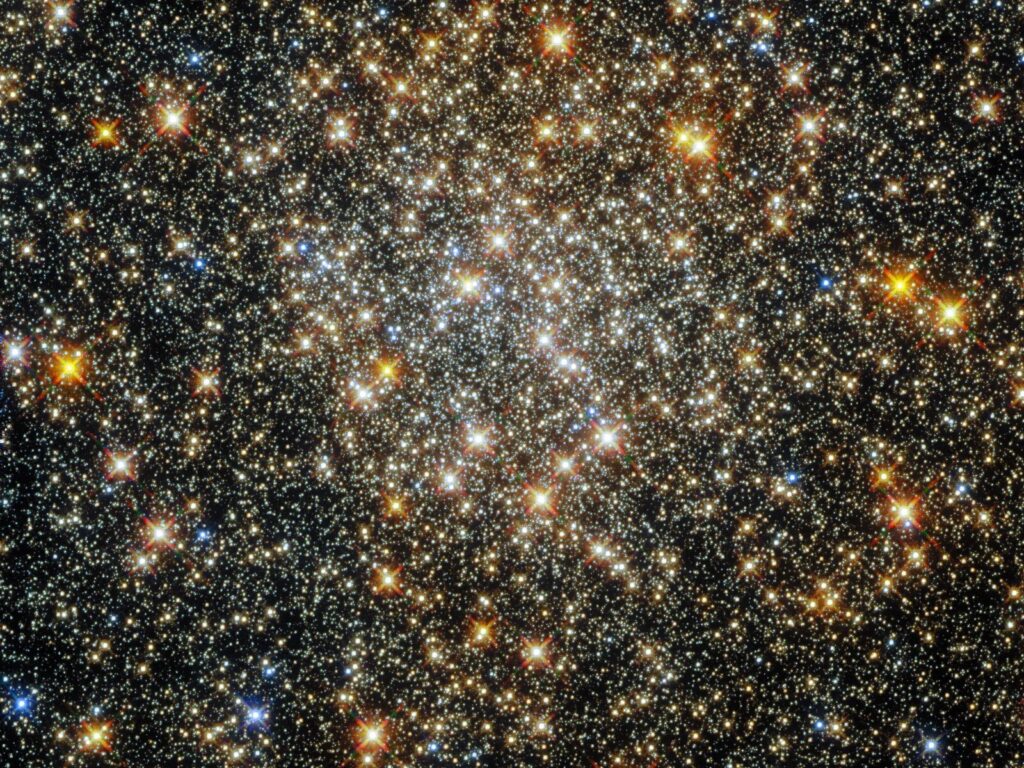
Unraveling the Mysteries of the Universe
The quest to understand our galaxy has spanned centuries, marked by groundbreaking discoveries that have redefined humanity’s place in the cosmos. Galileo’s observations in the 1600s proved that what appeared as a hazy band in the sky was actually a collection of stars. Later, Edwin Hubble shattered the belief that our galaxy was the entire universe, showing that countless others existed beyond. Modern telescopes like Hubble and James Webb now capture distant galaxies billions of light-years away, offering a glimpse into the universe’s early days. Yet, for all these advancements, The Milky Way remains a source of profound mysteries. Scientists continue searching for answers about dark matter, black holes, and the processes that shape galaxies across cosmic time.
Our galaxy still conceals mysteries despite extensive exploration, with thousands of exoplanets raising questions about extraterrestrial life and advancements in space travel hinting at future exploration. Observations of galactic motion indicate unseen forces, prompting new theories about cosmic structure. As technology progresses, each discovery generates further inquiries, highlighting that science is an ongoing journey. Future generations will build on current research, making the Milky Way a celestial laboratory essential for understanding our galaxy and the universe.
How useful was this post?
Click on a star to rate it!
Average rating / 5. Vote count:
No votes so far! Be the first to rate this post.
Author
-
Meet Dr. Kendall Gregory, a highly accomplished professional with a remarkable academic background and a deep passion for empowering individuals through knowledge. Dr. Gregory’s educational journey began with a Bachelor of Science degree, followed by a Doctor of Chiropractic Medicine, focusing on diagnosing and treating musculoskeletal conditions. He further expanded his expertise with a Master's degree in Oriental Medicine, specializing in acupuncture and Chinese herbology, and a Master's degree in Health Care Administration, emphasizing his dedication to improving healthcare systems. Dr. Gregory combines his extensive knowledge and practical experience to provide comprehensive and integrative healthcare solutions. Through his writings, he aims to inspire individuals to take charge of their health and make informed decisions.
View all posts

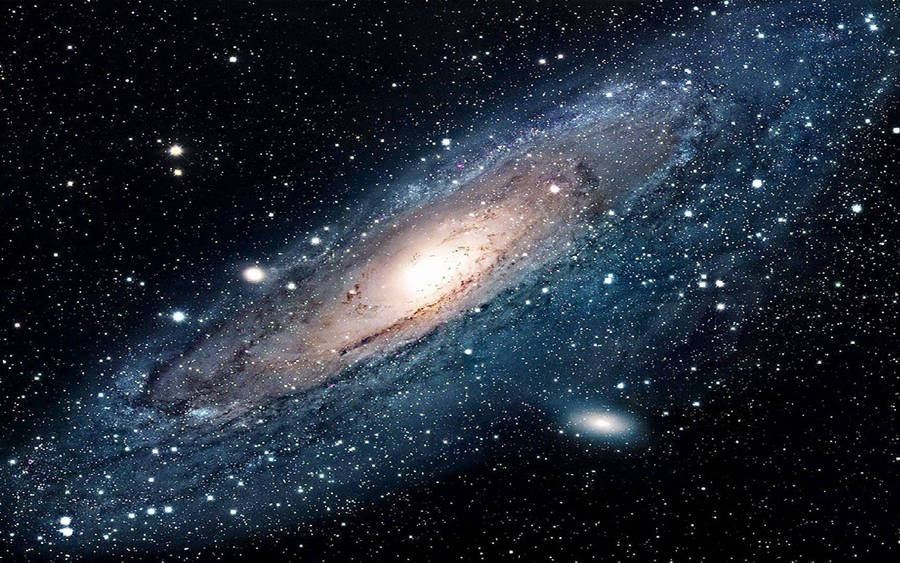






Fantastic article you have here. I learned alot about the milky way and the inner workings of our galaxy. While dark holes are scary to the average person like me, the back linked article is something that I will be checking out as well. Looking to learn something to calm my nerves!